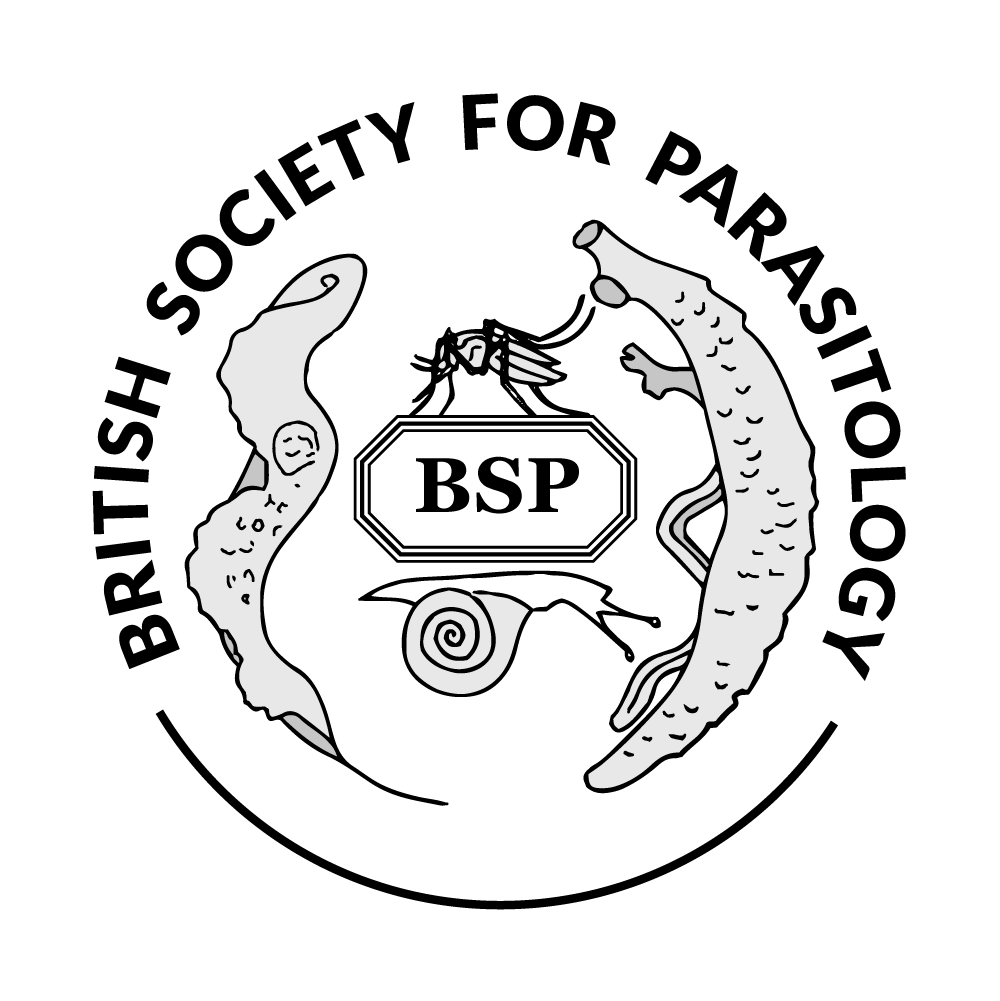Authors
I B Nakamura2; 3; A Bruscato2; 3; M Pereira2; 3; E A Almeida2; 3; E F Peloso1; F Gadelha2; 3; 1 Faculdades São Lucas, Brazil; 2 Universidade Estadual de Campinas, Brazil; 3 Universidade Estadual de CampinasDiscussion
Unraveling the aspects involved in Chagas disease (CD) pathogenesis has proven to be a difficult task. Nowadays, it is clear that the complex interaction among Trypanosoma cruzi and host genetic background and environmental context contribute to the outcome of the disease. Due to the biological polymorphism of T. cruzi and the important role played by mitochondrion in parasite survival, herein we analyzed mitochondrial bioenergetics of eight T. cruzi isolates from patients with distinct clinical manifestations of CD, i.e, indeterminate, cardiac, digestive and cardiodigestive. Seven out of eight isolates (two of each clinical form) were from TcII, with the exception of an indeterminate one (TcIII). Growth rates were similar only within the cardiac or cardiodigestive group, whilst doubling times were significant different between all isolates of the same group, excepet for the digestive cluster. Within the same group each isolate behaved differently regarding the oxygen consumption rates in non-permeabilized cells. Interestingly the same behavior was observed in digitonin-permeabilized parasites in the presence of complex II-linked, but not complex IV-linked mitochondrial respiratory chain (MRC) substrates. In the presence of the former substrate isolates from the indeterminate group showed a higher ADP stimulation on these rates while the cardiodigestive ones in the presence of the latter. Furthermore in the presence of succinate and/or an uncoupler of oxidative phosphorylation the isolates belonging to the cardiac cluster did not alter its oxygen consumption rates indicating that the MRC was already at its maximum velocity. Under all conditions respiratory control were similar. Despite being isolated from patients with identical CD clinical forms they have characteristics of their own. It is noteworthy to mention that some of the differences could be explained by the patient's history, reinforcing the complex interplay of host-pathogen on the outcome of CD.
